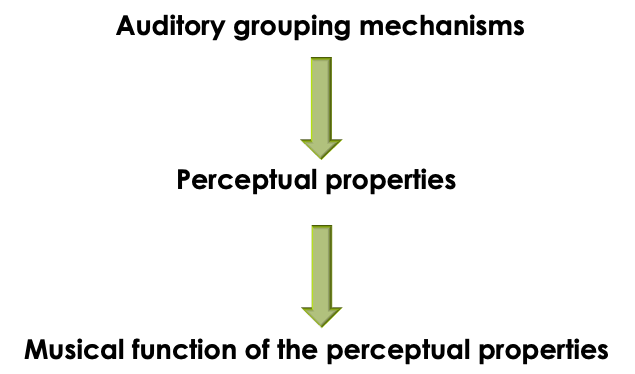Tchaikovsky | Symphony No. 5, ii, m. 8
Extreme Orchestration: Tchaikovsky's quintessential cantabile horn solo, showcases masterful variations in color, dynamics, and articulation, all within an ideal upper register.
Tchaikovsky | Symphony No. 4 | Flute family Ex. 7
The example showcases the piccolo's extraordinary brightness and lightness in a very high range.
Saint-Saëns | Carnival of the Animals | Flute Family Ex. 6
One of three examples demonstrating the flute's remarkable agility, fluidity, and sparkling brilliance, all while playing soft and delicate. No. 10, Volière (Aviary), mm. 6-15 (rehearsal 1)
Rimsky-Korsakov | Russian Easter Overture | Flute Family Ex. 5
One of three examples demonstrating the flute's remarkable agility, fluidity, and sparkling brilliance, all while playing soft and delicate (rehearsal C).
Rossini | William Tell Overture | Flute Family Ex. 4
One of three examples demonstrating the flute's remarkable agility, fluidity, and sparkling brilliance, all while playing soft and delicate, mm. 209-212 (rehearsal letter G).
Debussy | Prélude à l’après-midi d’un faune | Flute Family Ex. 3
The excerpt features a flute solo that highlights the instrument's rich tone in its lower register, supported by a delicate accompaniment which gradually increases in complexity and depth as the flute melodic line rises in pitch, from mm. 21-30 (rehearsal 2)
Brahms | Symphony No. 4 | Flute Family Ex. 2
This example showcases the flute's expressive and lyrical qualities across its entire range. From the 4th movement, mm. 89-105
Beethoven | Symphony No. 3 | Flute Family Ex. 1
This passage, written in the flute's optimal tessitura above the staff, allows the instrument to shine with its singing tone, crisp articulation, brilliant passagework, and full dynamic range, easily projecting over the orchestra. From the 4th movement, mm. 170-200
Auditory Grouping Mechanisms | TOGE Ex. 1
Auditory grouping gives rise to events from which perceptual properties are extracted, which then acquire musical functions within a given sonic context
Grouping Processes | TOGE Ex. 2
Auditory grouping processes and the resulting perceptual qualities and corresponding orchestral effects. [Adapted from Goodchild and McAdams 2021, Fig. 1]
Debussy | La Mer | TOGE Ex. 4
Timbral augmentation (sustained, stable): Debussy, La Mer, i, mm. 122–31
Wagner | Parsifal | TOGE Ex. 5
Timbral augmentation (sustained, transforming): Overture, mm. 20–25. Timestamp: 2:03
Sibelius | Symphony no. 5 | TOGE Ex. 6
Timbral augmentation (punctuated): Sibelius, Symphony no. 5, op. 82, iii, mm. 474–482
Debussy | La Mer | TOGE Ex. 7
Timbral emergence (sustained, stable): Debussy, La Mer, i, mm. 6–17
Schoenberg | Five Pieces for Orchestra | TOGE Ex. 8
Timbral emergence (sustained, transforming): Schoenberg, Five Pieces for Orchestra op. 16, iii, mm. 1–11
Haydn| Symphony No. 100 | TOGE Ex. 27
Sectional boundaries: Dolan’s (2013b) orchestral graph of Haydn, Symphony no. 100, ii. Colors represent different instruments and the line thickness corresponds to notated dynamics.
















